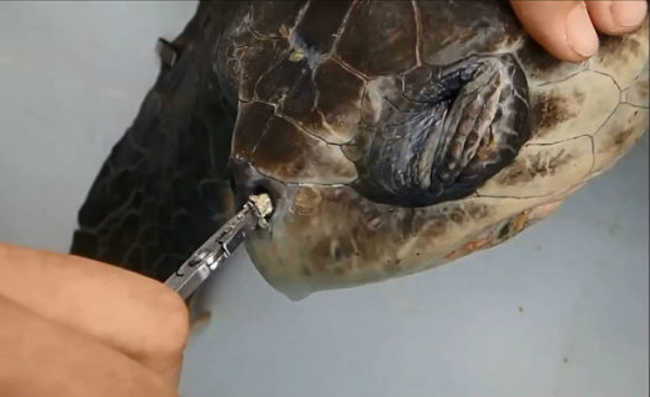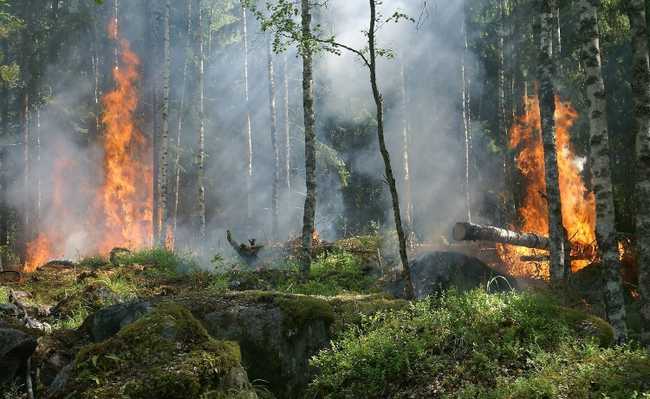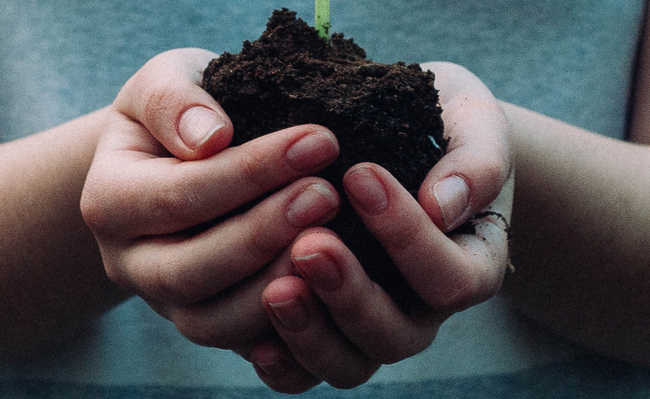Water pollution: types, causes and consequences
There are several types and categories of water pollution. Know your causes and know how to avoid them
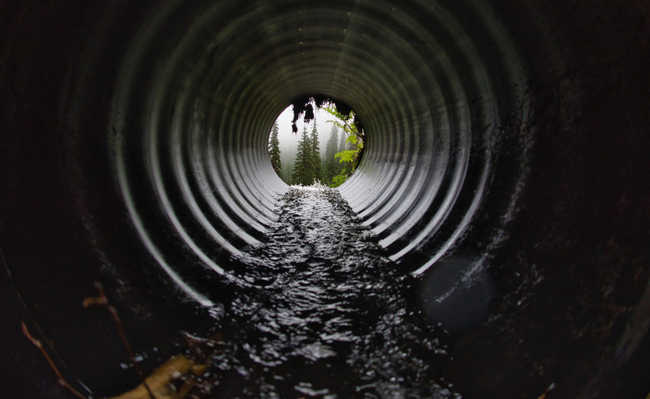
Edited and resized image of Marco Bicca, is available on Unsplash
Water pollution is the contamination of water bodies by physical, chemical and biological elements that can be harmful or harmful to organisms, plants and human activity. It is a very serious issue, as water is essential for human life. It represents about 70% of the human body mass and its consumption is essential for our survival. We can survive if we go for periods of up to 50 days without eating, however, it is not possible to spend more than four days without the consumption of water.
Water is also important for the production of food, energy and industrial goods of various kinds. In short, it is the most important resource for our society and for life on Earth and that is why it is so important to avoid its pollution. Much of the water present on our planet, however, cannot be used for the aforementioned tasks. Even though it covers more than 3/4 of the planet, about 97.3% of the vital liquid is present in the oceans (salt water), making it unsuitable for use. Fresh water represents only 2.7% of the total, but 2.4% of the total is located in places of difficult access, in underground regions and on glaciers, leaving only 0.3% of the planet's water for use. In Brazil, we have 13% of the fresh water available in the world, with the vast majority (73%) located in the Amazon basin.
A worrying factor in this pollution is that groundwater, lakes, rivers, seas and oceans are the final destination of any and all water-soluble pollutants that have been released into the air or onto the ground. In this way, in addition to the pollutants that are released directly into water bodies, water networks also receive pollution from the atmosphere and the lithosphere (the soil).
Causes of water pollution
Sources of water pollution are separated into two categories depending on the source of the pollutant. These are human causes, such as the incorrect disposal of products and the discharge of sewage and chemicals into the water.
Point sources
These are individual sources that are easily identifiable, such as a pipeline or a ditch. Examples of this category include the discharge of pollutants from a factory directly into water.
Non-point sources
Also called diffuse sources, they are related to contamination that does not originate from an individual, discrete source. As they do not come from a specific launch or generation point, tracking and identification is difficult. Some examples of diffuse sources are the infiltration of pesticides into the soil, the incorrect disposal of substances harmful to the environment, garbage and the discharge of sewage directly into streams.
Types of water pollution
The types of pollution are divided into four ways:sedimentary pollution
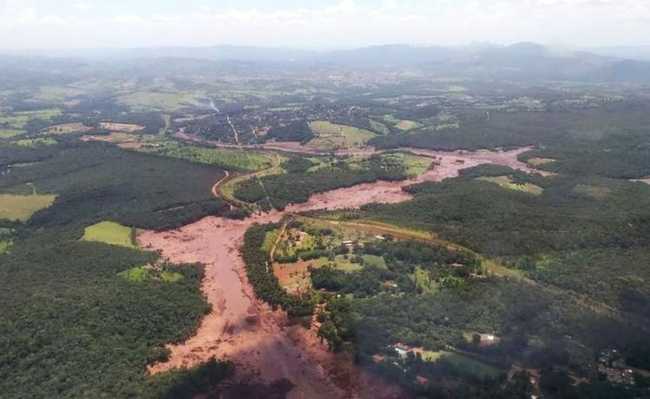
Aerial view of the region hit by the mud after the collapse of the Feijão mine dams, in Brumadinho (MG). Image: Fire Department of Minas Gerais/Disclosure
It is the accumulation of suspended particles. When they come from the ground through the process of erosion, deforestation, and mineral extraction (as in cases of dam failures), they can interfere with the photosynthesis process, blocking the sun's rays and interfering with the animals' ability to find food. These sediments can also come from insoluble chemicals that adsorb and concentrate biological pollutants, chemical pollutants and also hinder the photosynthesis process. Sediments are the most common type of pollution in water bodies.
- Brumadinho: tragedy repeats itself at greater human cost
biological pollution
This type of pollution occurs with the introduction of organic debris usually released by domestic and industrial sewage, which can be directed directly to the water or can infiltrate into the soil, reaching groundwater. They are composed of carbohydrates, fats, proteins, phosphates and bacteria. Some examples are food waste, human feces and detergents.
In the decomposition of these debris, oxygen is consumed, causing an imbalance in its level in the water, which causes the death of fish and other aquatic organisms. The high concentration of nutrients generated by the degradation of organic compounds creates eutrophication (algae proliferation that prevents light from passing through the surface).
These debris are also full of pathogenic microorganisms, such as bacteria, viruses, worms and protozoa, mainly from human waste. The consequences are the various diseases that can be transmitted to humans and animals, such as leptospirosis, amoebiasis, typhoid fever, diarrhea, cholera and hepatitis. About 250 million cases of diseases caused by water contamination occur every year worldwide and they are responsible for approximately ten million deaths annually, 50% of the victims are children. To avoid this problem, it is recommended to boil the water or use chemical products, such as sodium hypochlorite and quicklime, in order to eliminate microorganisms from the drinking water.
thermal pollution
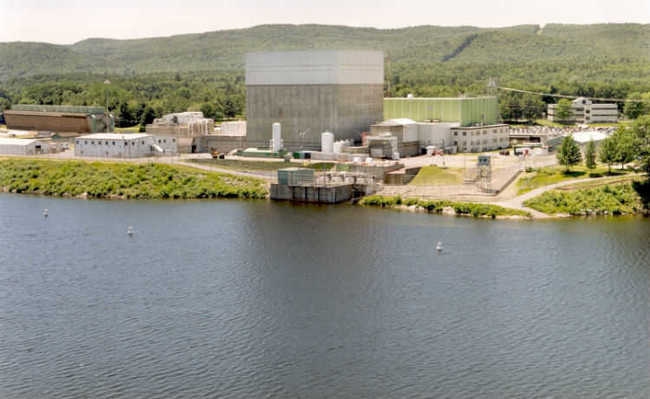
Thermal pollution is one of the least known types of water pollution as it is not easily observable - it is not visible or audible, but its impact is considerable. It occurs when the temperature of an ecosystem support medium (such as a river, for example) is increased or decreased, causing a direct impact on the population of that ecosystem, such as the decrease in oxygen levels in the water and thermal pollution).
chemical pollution
It is the environmental contamination generated by chemical products that end up having water bodies as their destination. It can be intentional or accidental. The first way is the most common, as many industries dump chemicals into rivers, lakes or the sewage system, without proper treatment. It is also common the occurrence of pollution in rural areas through contamination by the use of pesticides. The effects of this type of pollution are cumulative and can take years to be felt. It causes great damage to marine life in rivers and lakes, in addition to harming animals that interact with the ecosystem, such as birds that feed on fish.
Humans are also harmed when they come into contact with water contaminated by chemicals, which can cause the development of diseases and serious health problems. Some of the most common water pollutants are:
- Agricultural fertilizers;
- Pesticides;
- Domestic and industrial sewage;
- Synthetic organic compounds;
- Plastics;
- What is oil?
- Heavy metals.
One of the biggest problems with chemical pollution is its difficulty in decontamination, as this process is expensive and, in most cases, takes time. Some land contaminated by chemical products remains unused for decades (due to contamination and pollutant toxicity). In water courses, the pollutant is carried along the entire course, also contaminating the banks. The chemicals can also end up being deposited at the bottom of rivers, making their removal very difficult.
Effects on humans
Water pollution is one of the greatest health hazards, after all, we cannot survive without drinking water and, if it is polluted, it can cause serious health problems when ingested. Some microorganisms, such as bacteria, which can develop naturally in water or be introduced with the types of pollution mentioned, can cause diseases such as typhoid fever, cholera, hepatitis, dysentery and polio. These diseases are mainly dangerous for children and are responsible for almost 60% of infant mortality in the world, mainly in developing countries that do not have an adequate water and sewage treatment system.
Chemical pollutants do not directly cause disease, however, they cause great damage to health in the long term, even at low levels of concentration. These pollutants are accidentally consumed by fish and accumulate in their tissues. When these fish are consumed, this pollution ends up entering our body - and, in the future, diseases can arise from this high concentration.
Effects on the environment
News constantly appears about oil spills or scenes of polluted water near factories and urban areas. There must be other visible examples of water pollution near your home. Some types are easily identified, while others may go unnoticed until they cause great damage. Even though the water in a river or lake looks clean, it can contain a large number of pollutants.
The effects of different types of water pollution are complex and, in many cases, not yet fully understood. Different organisms can respond differently to the same type of pollution. Some have their reproduction and growth rate increased while others have their lifespan reduced, leading to their death. Other factors such as temperature, rainfall and the speed of water flow have a direct influence on the effects of pollution. One thing is certain: all types of pollution have negative effects on the environment in many ways.
Control and treatment
Many governments have strict laws that help to minimize water pollution. These laws are typically aimed at industries, hospitals and commercial areas that control how to discharge, treat and monitor effluents from these locations.
The treatment of these effluents is also fundamental and must be designed to reduce pollution in water bodies.
For human supply, water must be treated to eliminate pathogens present in it and pollutants harmful to our health.
What can you do?
In addition to the control and treatment measures taken by governments, there are some simple actions you can take to help. Check out some tips below:
- Dispose of your garbage correctly (see where to recycle it);
- Decrease your trash;
- Home composting: how to do it and benefits
- Have a preference for organic foods;
- If you have a vegetable garden or plantation, try not to use industrial fertilizers and reduce the use of pesticides. Here are eight steps to making your organic garden;
- Do not throw medicine, cigarettes, condoms, diapers, tampons or any other garbage that contains harmful substances in the toilet;
- Do not throw paints, solvents, oils and other products that contain chemicals directly into the drain;
- Practice conscientious water consumption. Avoid waste!


